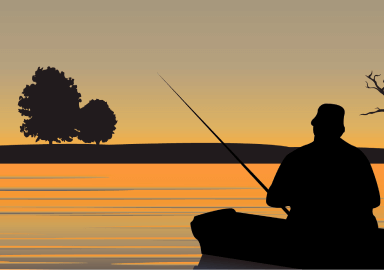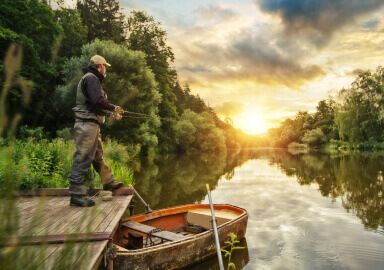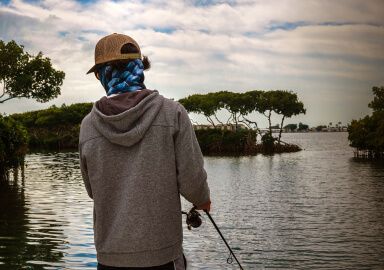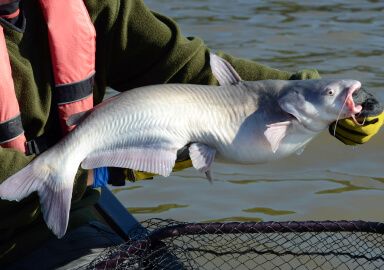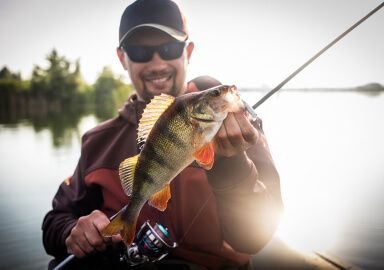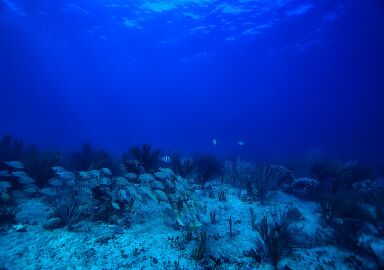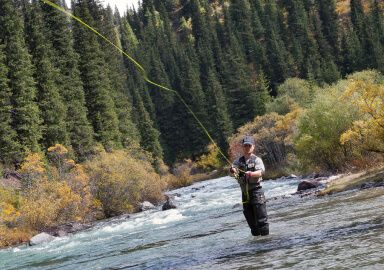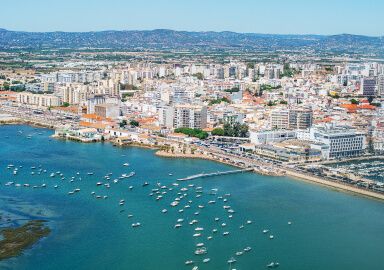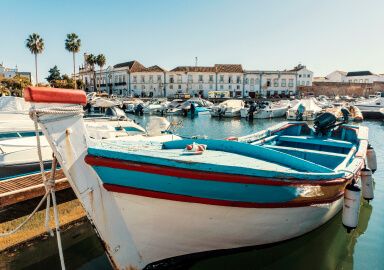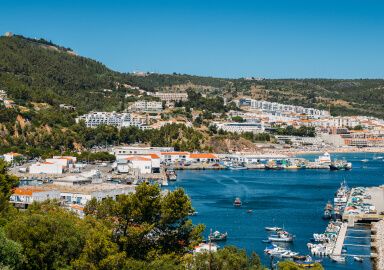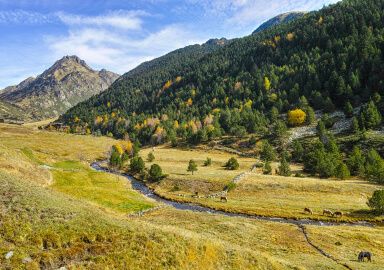Fishing in Beja District
From tranquil reservoir fishing for carp and bass to saltwater action off the Atlantic coast, Beja District in Portugal offers a peaceful, sun-soaked angling escape in the heart of the Alentejo.
View 4 listings
4
listings
–
price starting from
12
fish species
–
to the nearest trip
About Beja District
Located in southern Portugal, Beja District is the largest and one of the most sparsely populated regions in the country, nestled in the sun-drenched heart of the Alentejo. Known for its rolling plains, historic towns, and olive groves, Beja is not traditionally famous for fishing—but it should be. The district is home to Portugal’s largest artificial lake, Barragem de Alqueva, along with numerous rivers, reservoirs, and a stretch of pristine Atlantic coastline.
The climate in Beja is typically Mediterranean—hot, dry summers and mild winters—making fishing a year-round activity. The landscape is serene and uncrowded, providing a peaceful backdrop for anglers seeking relaxation and quality catches rather than the hustle of competitive hotspots. Whether you’re casting for carp under the Alentejo sun or exploring coastal inlets near Vila Nova de Milfontes, Beja offers a slow-paced, rewarding fishing experience that reflects the soul of southern Portugal.
Fishing Types
Fishing in Beja is centered around its inland freshwater systems and its relatively short but productive coastal zone. The standout feature is Barragem de Alqueva, Europe’s largest man-made reservoir, covering over 250 square kilometers. This vast expanse of water is perfect for boat or shore fishing and harbors large populations of carp, bass, perch, and other species. Smaller reservoirs like Roxo, Enxoé, and Monte da Rocha also offer excellent fishing in scenic, uncrowded environments.
The Guadiana River, forming part of the eastern boundary of the district, adds a riverine option to the mix, especially near the towns of Moura and Serpa. Though the river can be seasonal and slow-flowing in parts, it holds good numbers of native and introduced species. On the western edge, Beja’s coastal zone near Vila Nova de Milfontes opens up saltwater opportunities, with the Mira River estuary and nearby beaches offering light tackle fishing, spinning, and surfcasting for sea bream, mullet, bass, and mackerel.
Targeted Fish Species
In freshwater, common carp is the dominant species across Beja’s lakes and reservoirs. These fish grow large in the warm, food-rich waters of Alqueva and offer an exciting challenge for both specimen hunters and casual anglers. Largemouth bass are another prized catch, especially in the spring and autumn months, providing explosive surface action in the shallows. Other commonly caught species include roach, barbel, zander (pike-perch), and perch, each adding diversity to the freshwater experience. Along the coast and in the Mira River estuary, anglers can target sea bass, gilthead sea bream, grey mullet, and flatfish, with mackerel and horse mackerel (chub mackerel) also available during seasonal migrations.
Fishing Techniques
Techniques in Beja vary by water type and target species. In freshwater, carp fishing with boilies, pellets, and method feeders is the most practiced and productive style, especially on large lakes like Alqueva and Roxo. Many anglers prefer long sessions with bivvy setups, but shorter day outings are also rewarding. For bass, spinning with soft plastics, crankbaits, and topwater lures is common, with best results early and late in the day. Fly fishing is rare but possible, especially for perch and barbel in smaller reservoirs and streams.
On the coast, light spinning and surfcasting are the most popular methods. Local anglers often use small natural baits like shrimp or worms for bream and mullet, while artificial lures work well for sea bass during dawn and dusk.
